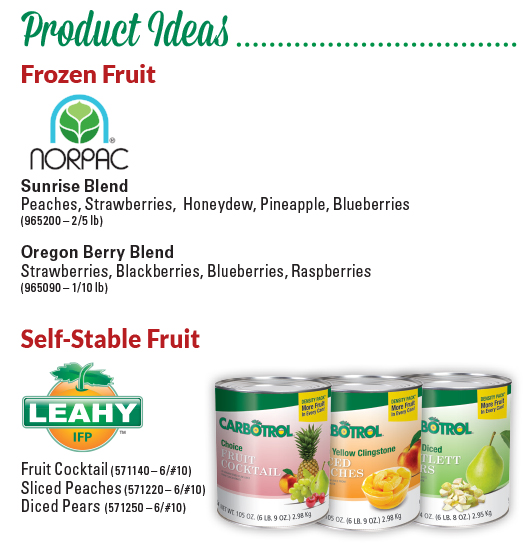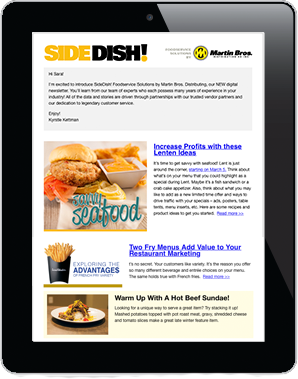 External factors such as the state of the economy are well beyond the control of any single business, but taking steps to carefully monitor business expenses can provide a way to save for these rainy days. Even a lean business can find ways to trim expenses with a little effort. And regaining control of costs can position you to be far more successful by year's end.
External factors such as the state of the economy are well beyond the control of any single business, but taking steps to carefully monitor business expenses can provide a way to save for these rainy days. Even a lean business can find ways to trim expenses with a little effort. And regaining control of costs can position you to be far more successful by year's end.
1 Monitor Supplement Use
Waste is often the culprit with supplement costs. Be sure to track unconsumed supplements to keep track of waste. Consider taking a look at other options to add protein, as well. New items may make eating more enjoyable and stimulate appetite, therefore reducing supplement use. Other protein items to consider (as allowed with chewing/swallowing limits) include: cheese, hard-cooked eggs, rolled up thick-sliced deli meats, pudding made with whole milk, Greek yogurt, cottage cheese and dry roasted peanuts.

2. Use An Always Available Menu
The “Always Available” menu is a way to trim costs while still offering choices in your dining program. This menu offers options that you “always” have on hand and that can be prepared and served in a matter of minutes. Because they’re not prepared or cooked until ordered, you minimize waste. You can vary the items offered on a weekly, monthly or seasonal basis and include food items that your residents frequently request. Martin Bros. has over 50 Menu Templates that you can customize and print your menu on at https://customer.martinbros.com/ under the Tools tab, as well. Some popular always available ideas include:
; Grilled Cheese & Tomato Soup
;Deli Salad Sandwiches
;Hamburger; or Hot Dog with Chips
• Cottage Cheese, Fruit & Toast
;All Day Breakfast Items
• Chef Salads
3. Stretch Your Fruit Dollar
Consider minimizing waste by offering fruit instead of automatically serving it. Or offer 1/3 cup instead of 1/2 cup servings and round-out with juice as planned throughout the day or offer a banana half at breakfast to equal the day’s requirements for fruit. You could even mix leftover canned fruits, frozen fruits and fresh bananas or apples to stretch your dollars. Also consider using broken mandarin oranges or irregular peach slices in gelatin and other salads/desserts instead of throwing them away.

4. Use Portion Control
Does your staff know that using the wrong portioning utensil can cost a lot of money in your food budget? For instance, if your staff serves the green beans with an 8 ounce spoodle instead of a #8 scoop, they are serving twice as much food as needed, doubling your food cost for that item. Make it a point to frequently train your staff on scoop sizes and conversions. Make sure staff is using portioning utensils as specified on the menu.

5. Control Overproduction
Overproduction is the #1 reason for high food cost. If you overproduce by 10% daily in a 100-bed senior living center, it can cost you over $18,000 a year. To help prevent overproducing:
• Quantify recipes based only on the number of servings needed.
• Evaluate if you are serving too much food and adjust as needed.
• Conduct a plate waste survey to determine what is being thrown away or wasted.
• Consider using the Martin Bros. Simply Menus online menu management program and the production guide, which indicates the amount to prepare and also includes a spot to indicate what was left. Ask your sales representative for more information.
| Click here to download the e-book 12 Cost Control Tips for senior living |
 |






